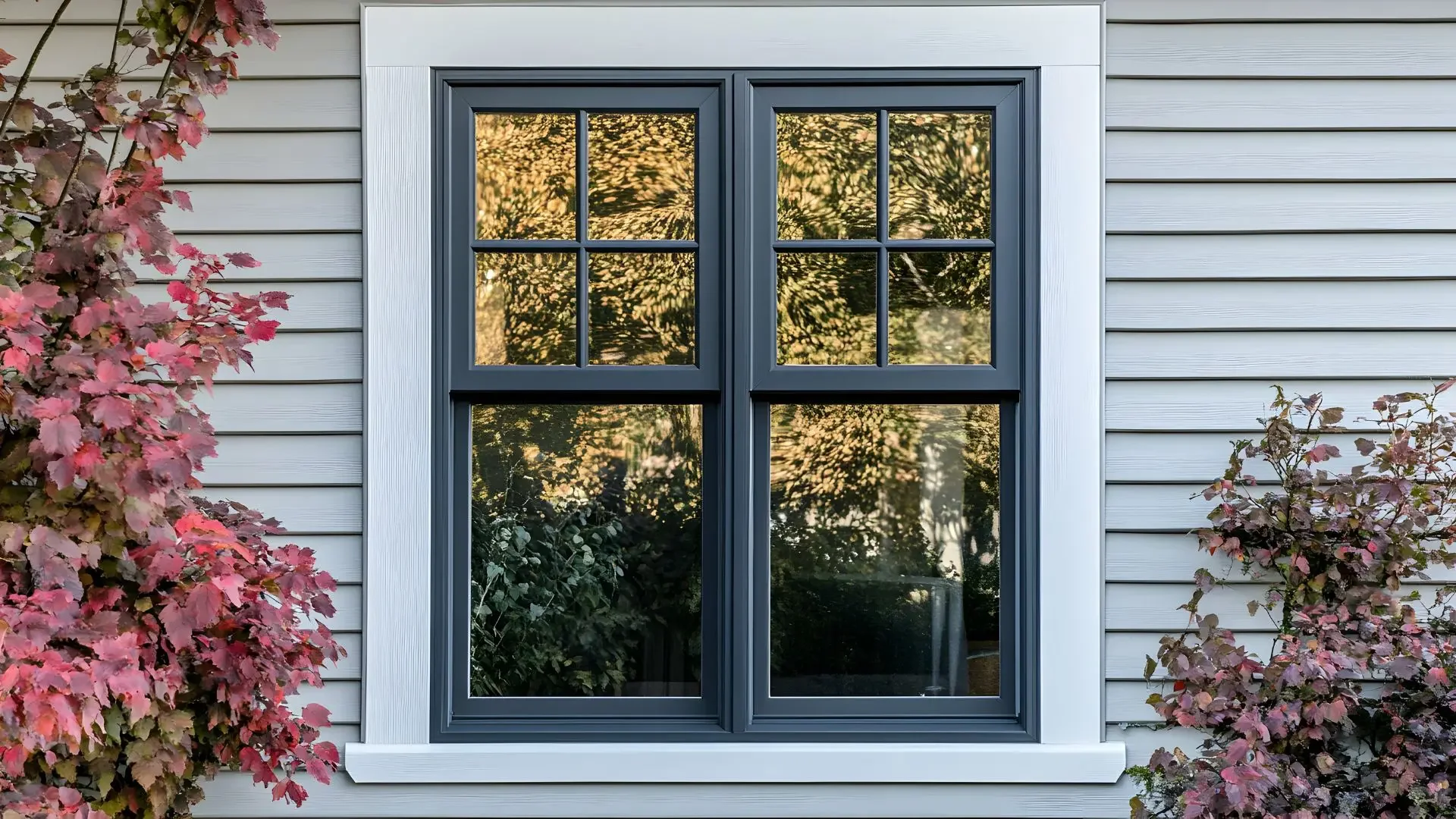The Ultimate Guide to Choosing Windows for Montana Homes
Windows are one of the most important decisions you will make when building a custom home in Montana. People tend to think about the style first, but in our climate, performance matters just as much as looks. The right windows will keep your home warm in the winter, cool in the summer, and protected from Montana’s wind, snow, and temperature swings. The wrong windows can lead to drafts, condensation problems, high energy bills, and rooms that never quite feel comfortable.
After building homes all over the Helena Valley, I have learned what works in our climate and what homeowners appreciate long after move in day. Here is everything to consider when choosing windows for a Montana home.
The Role of Climate in Window Selection
Montana winters can hit hard. We deal with long stretches of cold temperatures, strong winds, sideways snow, and sudden weather shifts. Good windows make a noticeable difference. You can spend a fortune on insulation, but if your windows are low quality or poorly suited for our climate, you will still feel the cold.
Choosing the right windows is less about trends and more about making your home efficient and comfortable year round.
Why Window Ratings Matter
Every window has a few ratings you should pay attention to. These numbers are not exciting, but they tell you exactly how well your windows will perform.
U Value
This measures how well the window keeps heat inside your home. Lower numbers mean better insulation. For Montana, you want a window with a low U value because our winters are long and cold.
Solar Heat Gain Coefficient
This measures how much solar heat the window lets in. On south facing windows, a little heat gain can actually work in your favor because winter sun helps warm the home. On west facing walls, too much heat gain can make afternoons uncomfortable in summer. The right balance depends on your home’s orientation.
Air Leakage
This measures how much air can pass through the window. In windy Montana areas, low air leakage makes a huge difference in comfort and energy bills.
Frame Materials That Work in Montana
Not all window frames perform the same in cold climates. Here are the most common options and what I see in the field.
Vinyl Windows
Vinyl is affordable and insulates well. Most modern vinyl windows perform fine in our climate. The downside is that cheaper vinyl can warp in extreme temperatures, so it is worth choosing a higher quality brand.
Fiberglass Windows
Fiberglass handles temperature swings extremely well and does not expand or contract as much as vinyl or wood. They are more expensive but offer excellent long term value and durability.
Wood Clad Windows
Wood clad windows have a real wood interior with a protective exterior, usually aluminum or fiberglass. They look beautiful and perform well in cold climates, but they cost more and require light maintenance inside.
Aluminum Windows
Aluminum is strong but not great at insulating. I rarely recommend full aluminum windows for Montana homes unless they are thermally broken and specifically designed for cold climates.
The Importance of Window Orientation
One of the biggest mistakes I see is choosing window styles without considering how the sun hits the home. Orientation impacts comfort more than people realize.
South Facing Windows
These can help warm the home in winter if you choose windows with the right solar heat gain rating. Large south facing windows paired with good insulation can drastically improve comfort.
West Facing Windows
This side gets the harshest sun in summer. If you have a view to the west, that is great, but you will want windows that limit heat gain or consider shading options like overhangs or exterior treatments.
North Facing Windows
These do not get direct sun, so focus on insulation and low U values here.
East Facing Windows
Good for morning light. Usually not a problem for heat gain.
Double Pane vs Triple Pane
A lot of people ask if triple pane windows are worth it. Here is what I tell clients.
Double pane windows are perfectly fine for most Montana homes if they are high quality and properly installed. Triple pane windows add more insulation and can be a smart upgrade in very windy or high elevation areas or for large window walls. They also help reduce noise if the home sits near a highway.
Triple pane is not mandatory everywhere, but it is worth considering for comfort in the coldest parts of the state or in homes with big glass features.
Installation Matters More Than Most People Realize
Even the best window will underperform if it is not installed correctly. I have seen expensive windows lose half their efficiency because the flashing was incorrect or the gaps were not sealed properly. In Montana, air sealing around the window is just as important as the window itself. Good installation prevents drafts, moisture issues, and heat loss.
Final Thoughts
Choosing the right windows is one of the smartest investments you can make when building a Montana home. With the right combination of frame materials, proper ratings, and thoughtful placement, your home will feel more comfortable, use less energy, and handle our weather without issues.
If you want help picking windows that make sense for your design and Montana’s climate, contact us for a free pre build consultation. We will walk you through performance options, window placement strategies, and what will give you the best long term comfort in your new home.
